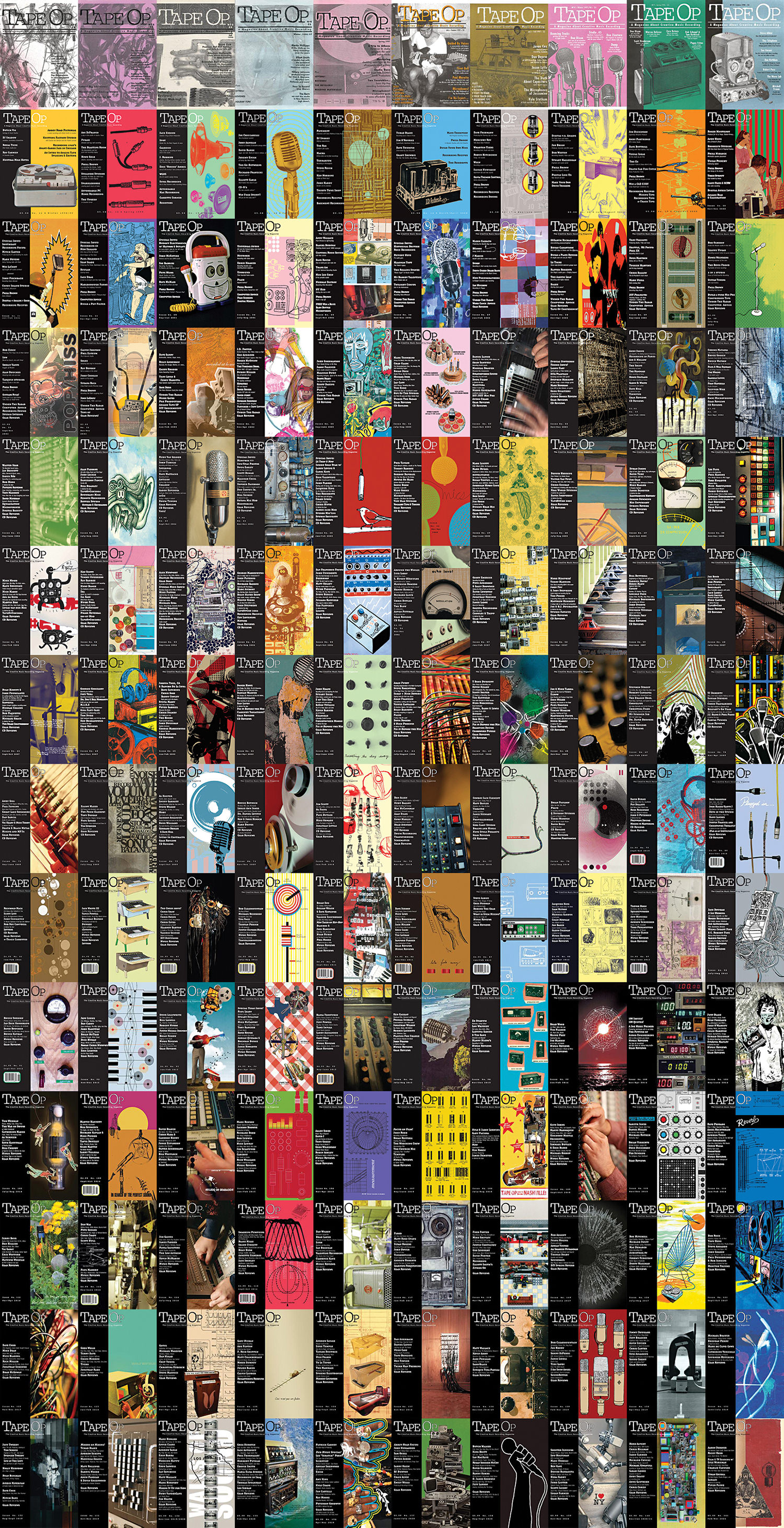The golden age of plug-ins is happening right now. Initially, most audio plug-ins aped existing analog gear such as EQs, compressors, and existing effects units like plate reverbs and tape delays. I almost never use compressor plug-ins, as I don’t think they come close to hardware units, and I will rarely boost with an EQ plug-in (though I often use them for subtractive and surgical EQ). But, I love using plug-ins for time-based effects. I own three hardware tape delays that I rarely use, preferring the stability and repeatability of plug-in delays. I do love my real EMT 140 plate reverb (my vocal go-to) and AKG BX10 spring reverb (guitar go-to). Those, along with the UAD Lexicon 224 plug-in [Tape Op #85], were my three go-to tools for straight reverb. Then I ended up getting a good deal on a real Lexicon 224 and an Eventide H3000 – both of which are digital, but sound pretty awesome. I love the H3000 for its variety of multi-effects in the time domain, but using it is a bit clunky. I will often initially use the H3000 Factory plug-in [#95] to figure out the patch I want to use, then edit and replace it with the hardware unit if time and budget permit. All of this is a prelude to say that Baby Audio’s Spaced Out will soon become my fourth go-to delay/reverb plug-in because it sounds amazing (like the 224), is extremely versatile (like the H3000), and is easy to use (unlike any of the others). The Baby Audio crew’s design directive for this plug-in was “If we were going to design something like the Roland Space Echo from the ground up today with all the abundance of computer power and algorithmic complexity at our disposal, what would we make?” The answer is Spaced Out: The next generation Space Echo. Spaced Out is broken up into three sections and resembles a DJ mixer with an echo module (ECHOES) on the left, a reverb module (SPACE) on the right, and a mixer in the middle. I appreciate the 2D GUI: Simple, clean, and not trying to look like vintage gear.
Let’s start with the delay. Like the Space Echo, it’s a multi-tap delay but with 16 taps instead of the Space Echo’s three, and each tap can be tempo-synced to your DAW or put into triplet, dotted, or 2x mode. There’s also a REVERSE feature (try that on a tape delay in real-time!) with the standard feedback, sustain, and filter controls along with four modes for TEXTURE from clean to not so clean and more tape-like. The reverb algorithms sound good to my ears and have multiple options for tweaking, including a very nice sounding granular effect. The mixer is also unique as its main feature is a joystick-style control that lets you blend between the two effects and the WET/DRY signal. There are also some very cool M/S, compression, and ducking options as well. Despite the complexity and many options here, the GUI is very intuitive, which makes Spaced Out easier to use (and to figure out the interconnected options). Besides the joystick-style control for mixing, all parameters can be tweaked in real-time with no audible artifacts. I spent some time with this on both some newer ambient instrumental tracks, as well as pulling up some older sessions to try on vocals. In all cases, it sounded super cool and instantly provided depth, dimension, and trippiness to whatever I added it to. There are tons of presets as well, so you can get a feel for the range of sonic options here. So yeah, Spaced Out will be taking its place as the only software reverb that I’ll be using on a regular basis (next to my three main hardware reverbs). I doubt it will replace the EMT, 224, or AKG when I’m looking for a classic vocal or guitar reverb, but when I’m looking for more of a “treatment” using time and space, Spaced Out will be my first stop.




_disp_horizontal_bw.jpg)